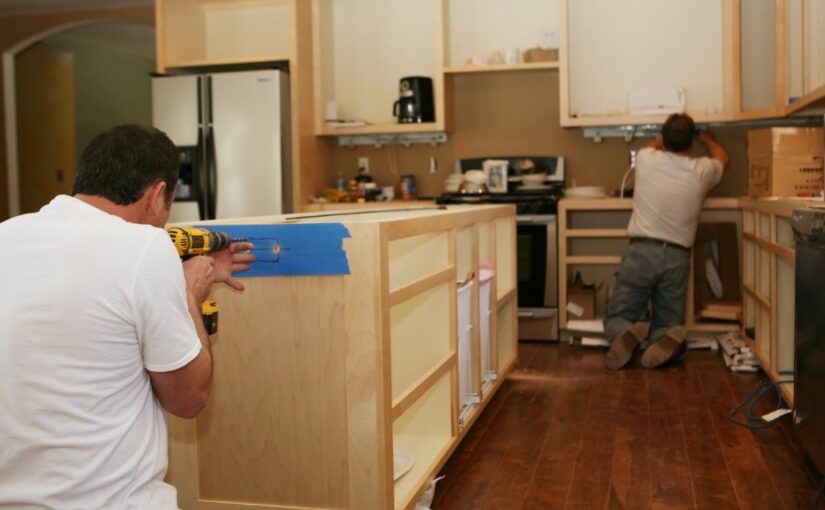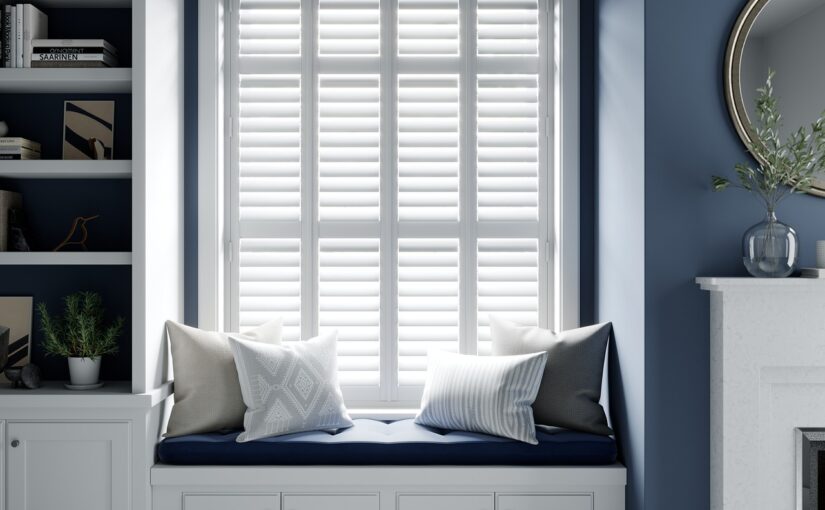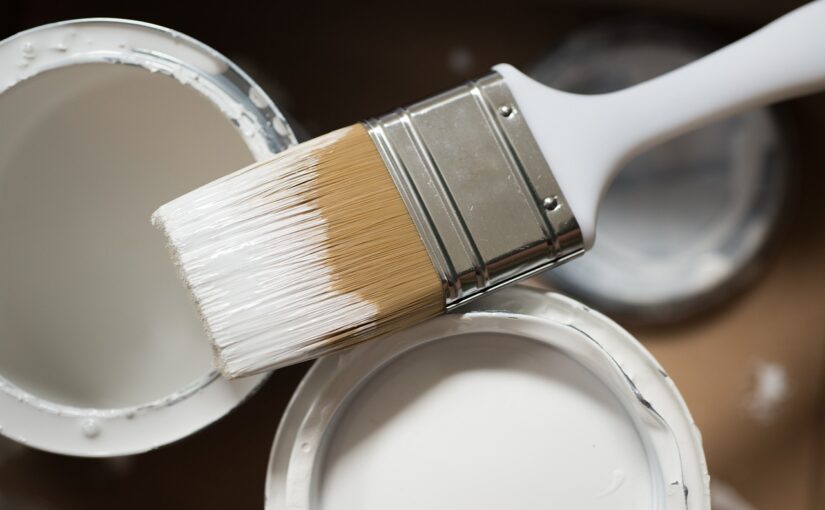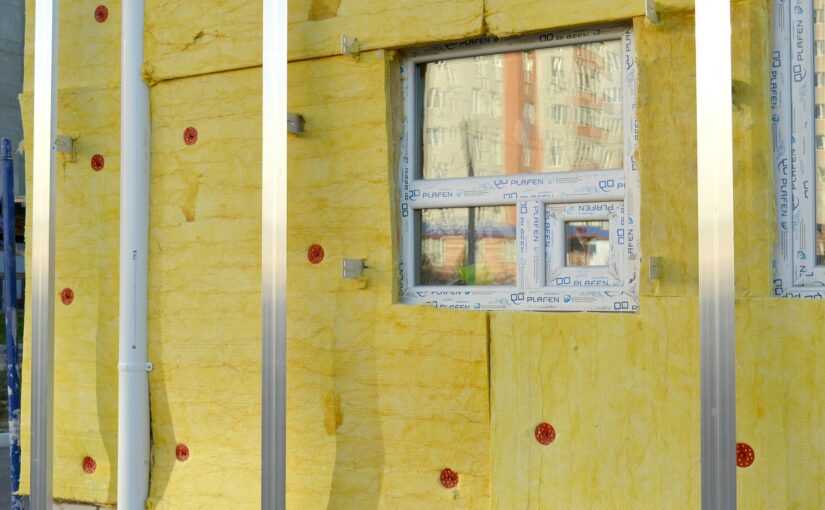After spending months planning your project, when the time to renovate your home comes, everyone’s excited. You finally get a chance to rebuild your space into something more personalized, giving it a fresh new look. It’s time to reinvent your home to turn it into something more modern with an exciting change of scenery. All this is as exciting as decorating your outdoors by installing new fencing. However, a home renovation isn’t for the faint of heart. If you’re lucky enough, you might find contractors that will take on the job of heavy lifting, but that doesn’t mean you won’t be exposed to potential disasters that may be scary, traumatic or even harmful to your physical health.
Older homes especially are notorious for harboring numerous hazards like asbestos, lead, radon and Volatile Organic Compounds (VOC). You cannot avoid every terrifying possibility, but you can do whatever is in your power to minimize the risks. For that to happen, you need to start by knowing what terrors could be lurking behind that ordinary-looking brick wall or innocuous, if hideous, popcorn ceiling. When you understand the dangers of renovating your home, you’ll also know why keeping yourself safe is crucial.
Let’s jump into some reasons why you need to keep yourself safe during home renovations and the dangers that lie ahead.
Flooding and electrical issues
The prospect of flooding, electrical issues, or both is sometimes all the reason you need to take extra precautionary measures and maybe gear up a bit more. A smart DIY enthusiast will contact the service line that informs you where underground utility lines can be found a few days prior before they start digging. The operator on the other end of the line will notify utility companies to send you indications of any gas, water, or electrical lines.
Despite knowing the location of every utility line, we can still make the error of hitting a smaller pipe in the wall. If this happens, you first need to locate your home’s main electrical panel and turn off the power before you start wading through the water.
Creatures
Little bugs can be harmless or cute for some, but even the cute ones may be a danger to you, so watch out.
While dead wasps are just the beginning, shuffling around the attic or inching through your crawl space might bring you into contact with brown recluse or black widow spiders, centipedes, scorpions or snakes, depending on where you live. There’s no surefire way to avoid creepy crawlies, but full-coverage clothing will protect your skin from bites.
Mold invasion
Another reason to keep yourself safe and geared up while renovating your home is the prospect of dealing with a mold invasion. One of the most commonly overlooked factors of a home renovation includes proper ventilation.
It is possible for any moist area of a home to have dormant mold spores, which is a common renovation health hazard. Remember that mold is not always visible to the naked eye and that any color of mold has the potential to be problematic to health. This means that various household members may have different experiences with molds; some could react more than others.
David Schneider, an interior designer in Chesterfield, MO, who focuses on sustainable, green remodeling, says, “most bathrooms have so little ventilation that they unintentionally become labs to grow mold and mildew.”
Anytime you remodel a kitchen or bathroom, ensure that you install enough strong fans to suck out all the moisture-ridden air.
Asbestos and lead release
Asbestos exists in many materials, and 100% of asbestos-related illnesses like mesothelioma are preventable.
It’s impossible to know if a material contains asbestos. Just by looking at it, some signs indicate your walls may contain asbestos.
For instance, if the building was built or remodeled between 1950-1970s, beading along the joins of soffits or internal walls, yellow glass or old carpet.
Similarly, lead-based materials were also phased out since lead poisoning can result in many long-term health effects, like lowered IQ and reduced sperm count. It also has been linked to the diseases of aging.
Hazardous Dust
Did you know that dust can potentially pose a hazard to health, and not just because it may contain house dust mites? Dust can be laden with toxins and contaminants, such as asbestos, lead, pesticides, herbicides, feces, and much more. Ceiling dust is one of the significant concerns of renovation.
Fortunately, there is an easy method to avoid the issue, and that is to have the dust removed by an expert. Remove ceiling dust for any renovation that involves the ceiling, like adding downlights, replacing insulation, removing a portion of the ceiling, and so on.
To conclude, there are many dangers to renovating your home, but that shouldn’t stop you from achieving your dreams when rebuilding your house. You can use various methods to safeguard your health and peace of mind while taking on these tough renovations, either on your own or with the help of professionals. The key is to remain vigilant and do thorough research on the various methods to keep yourself safe. We hope you find this article insightful.
Author: Jamie Roy









